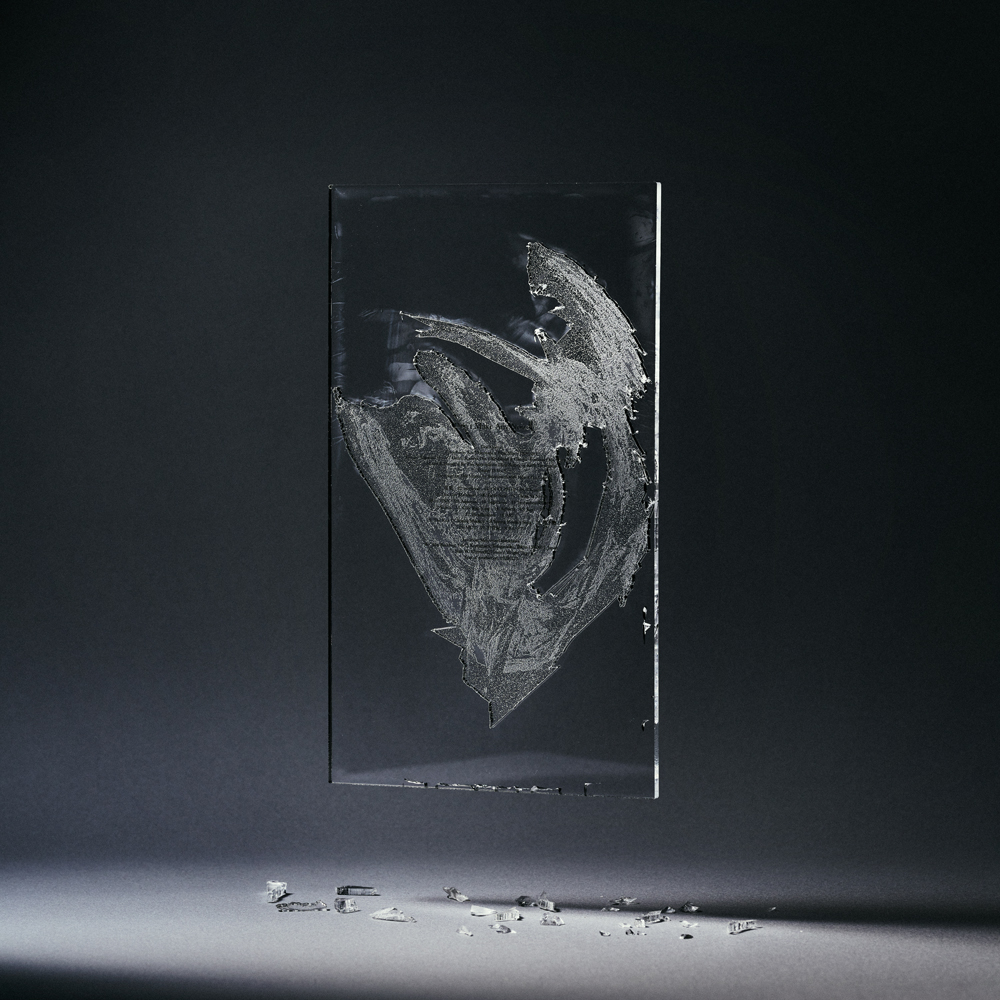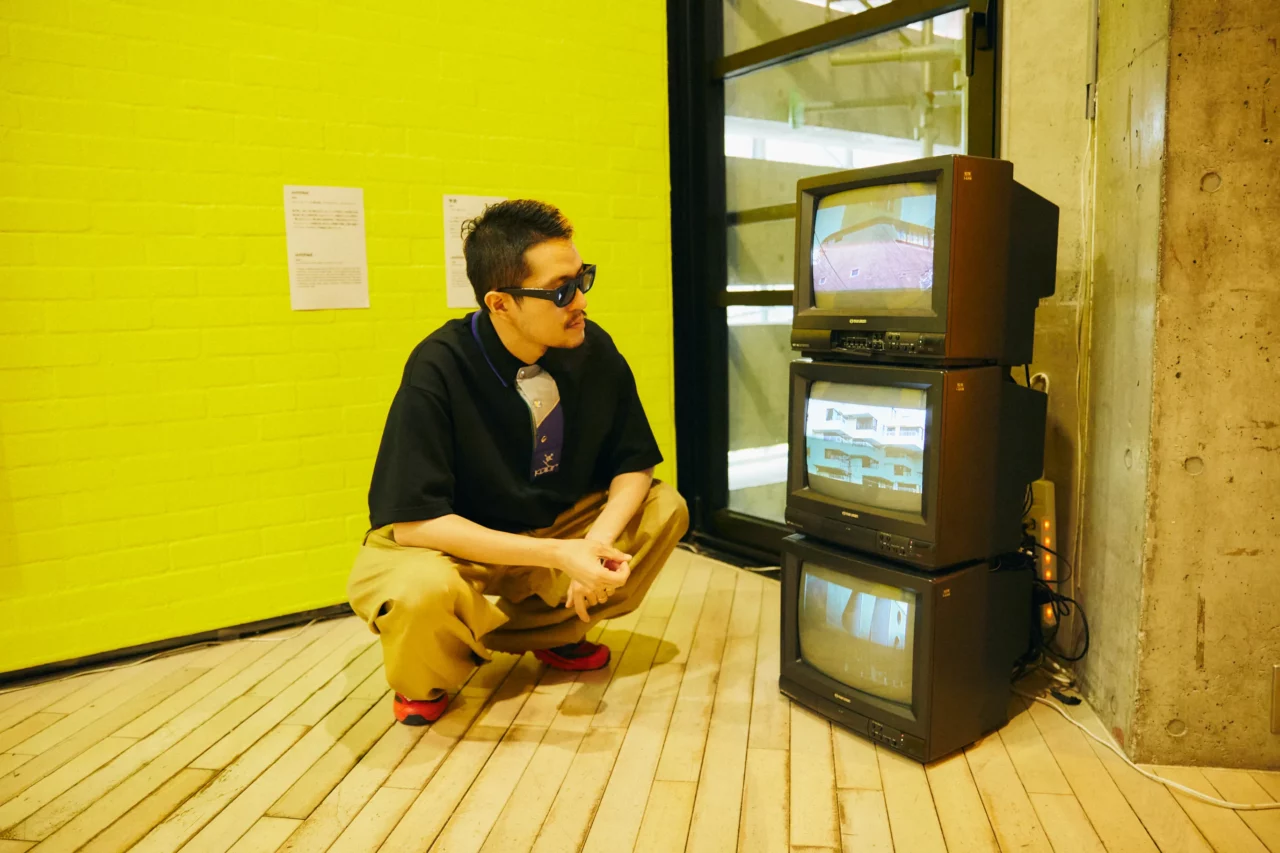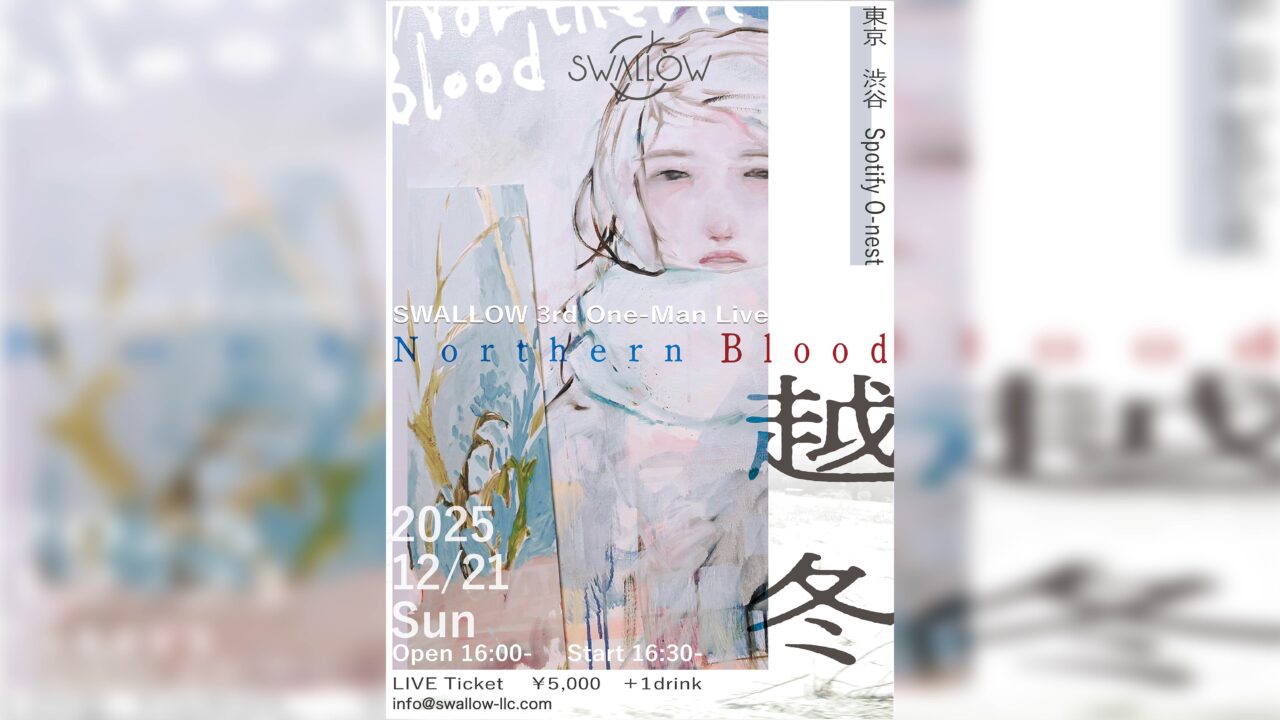INDEX
How Processes of Negotiation and Communication Can Elevate Artistic Value
Culverts and dead air both evoke the dynamics of the city’s tendency to ‘erase things temporarily.’ I feel that as redevelopment accelerates in Tokyo, the city is seeing an increase in ghostly places and objects beyond just culverts. Is there anything in particular that you are focusing on right now?
TaiTan: The acrylic panels used for splash prevention placed throughout the city during the COVID-19 pandemic also feel ghostly to me. They are transparent yet undeniably present, with the entire population having accepted their existence. I found this conservative state quite intriguing.
Although acrylic panels are no longer necessary, many businesses find it challenging and costly to remove them, so they often leave them as they are. In 2023, I collected and processed these discarded acrylic panels and included them in an album by Dos Monos, which we released as the ‘Acrylic Dismantling Edition.’

This album was produced in collaboration with graphic designer Heijiro Yagi and released in a limited edition of 500 copies. The audio tracks were created by processing acrylic panels that were no longer used, and they are included in the “Acrylic Dismantling Edition.” By scanning the embedded URL on the record and entering a password, purchasers are directed to an exclusive audio site.
TaiTan’s Cover and the “Acrylic Dismantling Edition,” along with many works by SIDE CORE, involve a significant process of negotiation and communication with various people, such as store owners, television networks, and city managers.
TaiTan: With Cover, I went to negotiate directly with the television station. I realized that if I put in the effort to negotiate, the size or influence of the other party doesn’t really matter, and that there’s no limit to what can be achieved. I believe that how we value the negotiation process can also contribute to the value of the artwork.
Tooru Matsushita from SIDE CORE once said, ‘Photography is not just about capturing a moment; rather, the totality of the time that flowed before the photo was taken is what appears in the image.’ He also mentioned that in works that intervene in public spaces, the value is often placed on creating a situation where such interventions are possible through negotiation.
Just as I’ve negotiated with television stations and restaurants, and SIDE CORE has negotiated with government entities to create their works, there are certain things that cannot exist without involving people who believe that art has nothing to do with their lives. If our efforts in negotiating and creating can spark a feeling in someone that they too might be able to achieve something, I would be thrilled. The fact that such secondary impacts can arise serves as motivation for my creative work.



























